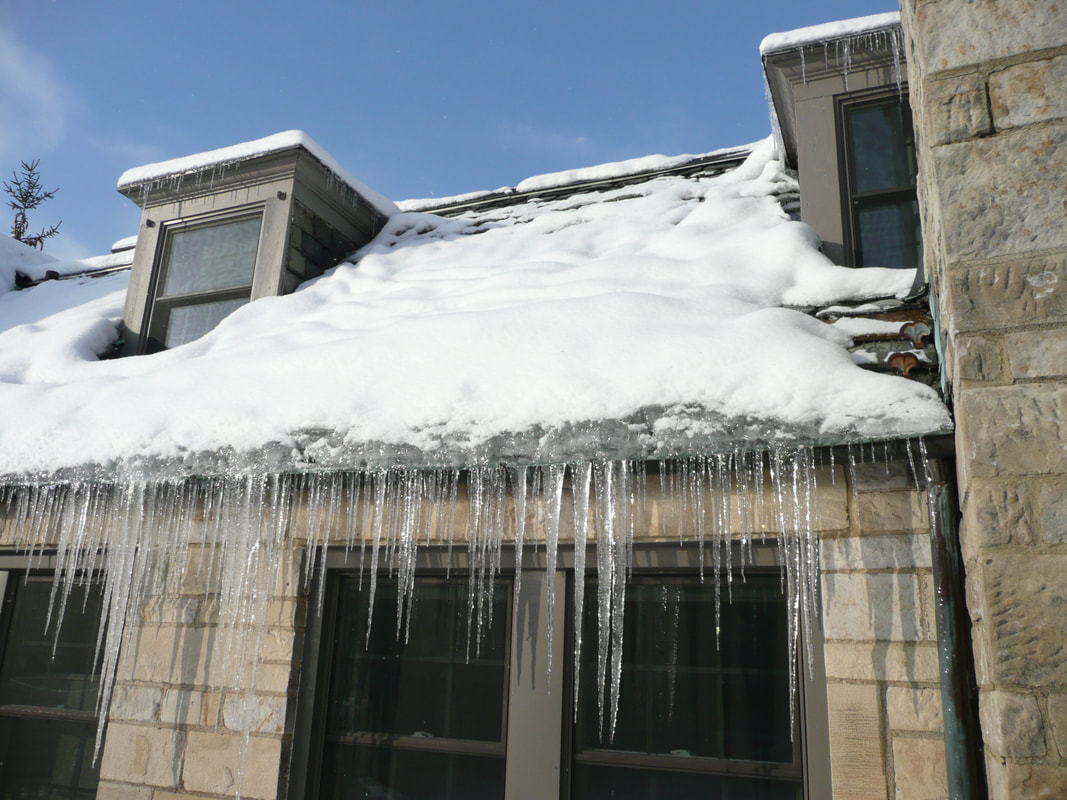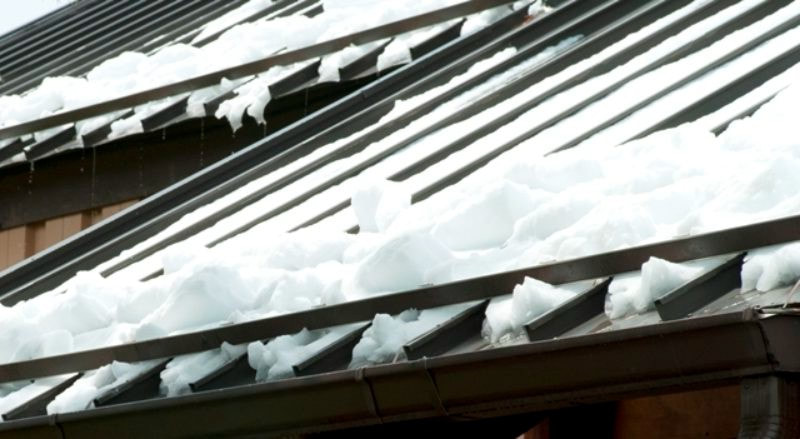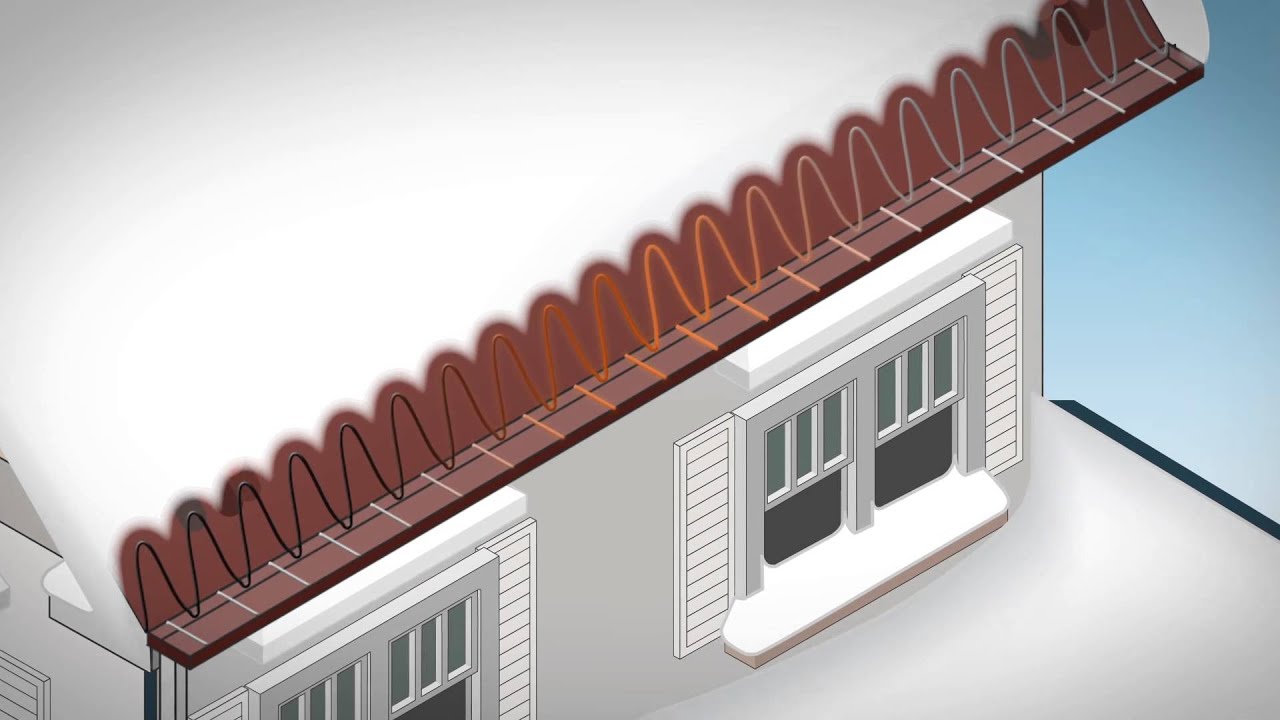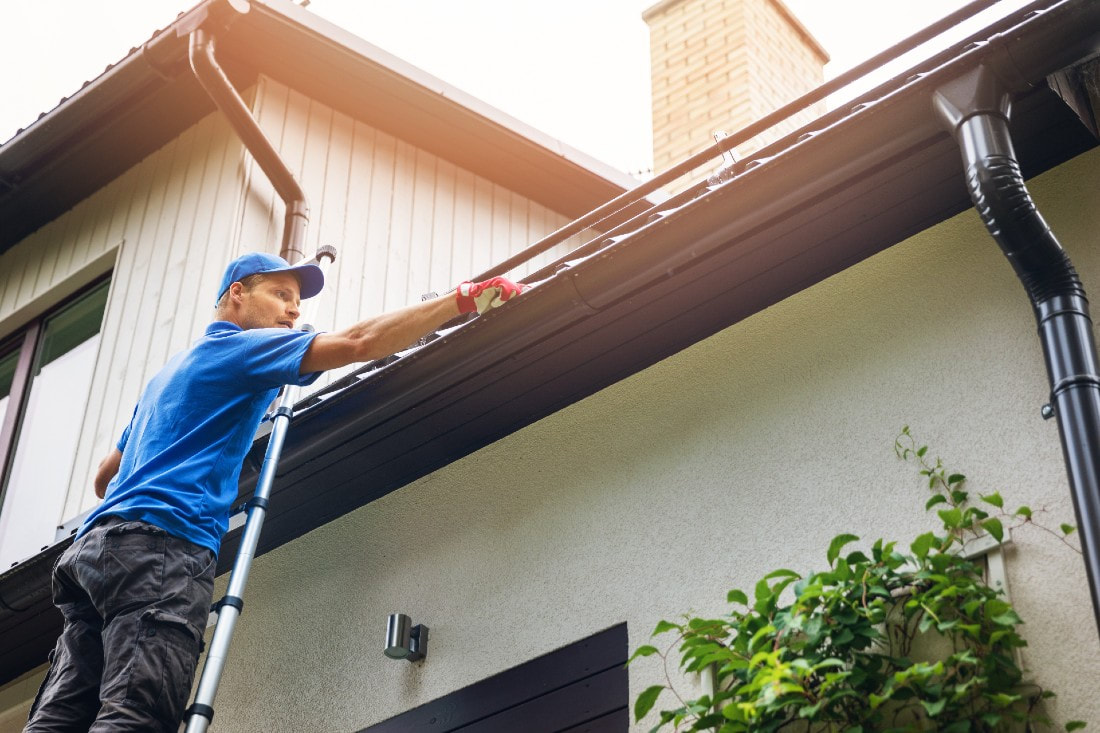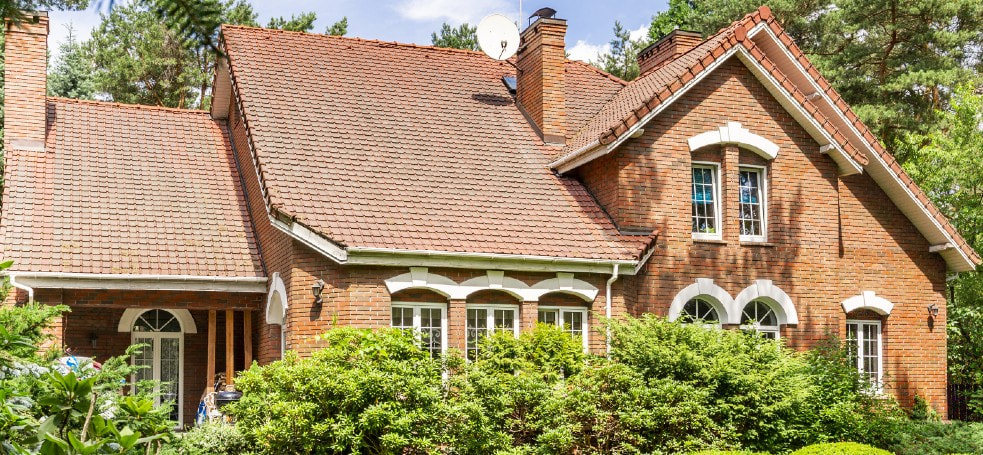An ice dam is formed when melted snow refreezes at the edge of the roof. If left untreated, ice dams can cause a lot of damage to the exterior and interior of your house. So, we thought we would discuss in this article where the common locations for ice dams to form are, so that you, the homeowner, knows what to look out for.
0 Comments
Snow stop guards are rooftop devices that help snow and ice to drop off in tiny bits or allow ice and snow to melt completely before falling to the ground. Snow guards help prevent a sudden release of ice and snow from the roof which is known as a roof avalanche.
Snow and ice can slide off your roof and can weigh hundreds of pounds, just depending on the size of your roof. And, a snow avalanche can cause a lot of damage to your landscaping, gutters, plumbing vents, skylights, people, pets and cars. Snow guards can prevent a roof avalanche on metal roofs, and they have been around for hundreds of years.
Historically, snow stop guards are used on slate, tile and metal roofs. They are necessary to help stop the fast release of winter snow.
Snow and ice can slide off your roof and can weigh hundreds of pounds, just depending on the size of your roof. And, a snow avalanche can cause a lot of damage to your landscaping, gutters, plumbing vents, skylights, people, pets and cars. Snow guards can prevent a roof avalanche on metal roofs, and they have been around for hundreds of years.
Historically, snow stop guards are used on slate, tile and metal roofs. They are necessary to help stop the fast release of winter snow.
One thing any homeowner will tell you is that ice is one of the biggest pains of winter. It can create slick sidewalks and icicles that hang from gutters.
Ice that builds up across your roof and in your gutters can lead to ice dams, which can cause damage to the exterior and interior of your home. So, it stands to reason that ice poses a threat to not only your home, but to the safety of yourself and family.
Keep reading as we discuss smart deicing solutions you can try and how they rate for efficiency.
Ice that builds up across your roof and in your gutters can lead to ice dams, which can cause damage to the exterior and interior of your home. So, it stands to reason that ice poses a threat to not only your home, but to the safety of yourself and family.
Keep reading as we discuss smart deicing solutions you can try and how they rate for efficiency.
Everyone has heard of making New Year's resolutions like save money or lose weight, but did you ever think of setting goals for your home? Read further, because we have come up with a list of home maintenance resolutions for 2021.
A standard size gutter for a smaller commercial building or a residential home is usually the five-inch gutter. But modern homes have bigger roofs, and commercial buildings tend to have water buildup more than residential properties, so it stands to reason that a six-inch box gutter may be the right option to go with.
By definition, a box gutter is usually rectangular in shape, and lined with rubber, metal, asphalt, or roofing felt. It is designed to have a professional appearance, but it can also be concealed behind a parapet in a roof valley.
Six-inch box gutters can hold up to forty percent more water than five-inch gutters. This is perfect for larger commercial buildings and modern homes with bigger and steeper roofs. Read below as we discuss what six-inch gutters are and why they are perfect for steep roofs.
By definition, a box gutter is usually rectangular in shape, and lined with rubber, metal, asphalt, or roofing felt. It is designed to have a professional appearance, but it can also be concealed behind a parapet in a roof valley.
Six-inch box gutters can hold up to forty percent more water than five-inch gutters. This is perfect for larger commercial buildings and modern homes with bigger and steeper roofs. Read below as we discuss what six-inch gutters are and why they are perfect for steep roofs.


